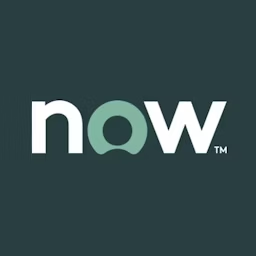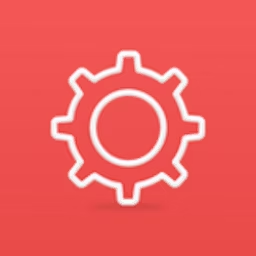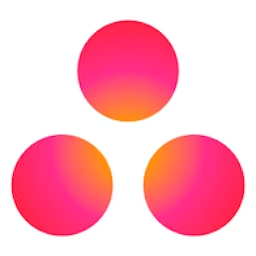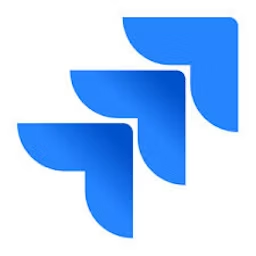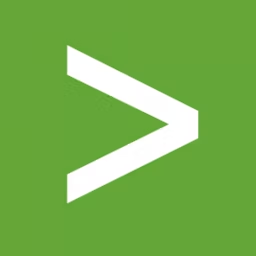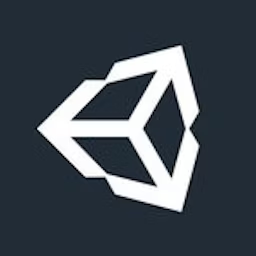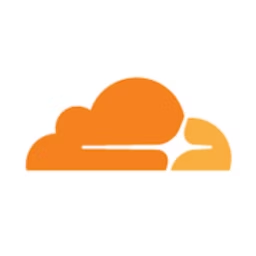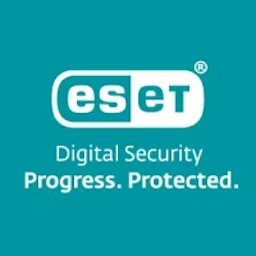IT tools can help monitor, improve, and track IT operations.
As an IT manager, you need to stay on top of a wide range of IT operations—maintaining asset lifecycle, developing applications, monitoring application performances, tracking and resolving software bugs, and ensuring information security. Without the right set of tools, you are most likely to be flooded with business issues such as IT asset downtime, app crashes, and security breaches.
From automating IT asset management to ensuring multi-layered protection against cyberattacks, IT software tools can help you fulfill your responsibilities and maximize efficiency. However, it isn't easy to identify which software would add the best value to your operations.
This article highlights the top 10 products across five IT management software categories that have received more reviews from IT professionals than other roles. The products mentioned (alphabetically) under each category have the highest scores in their respective Capterra Shortlist reports. (Read how we selected these categories and products.)
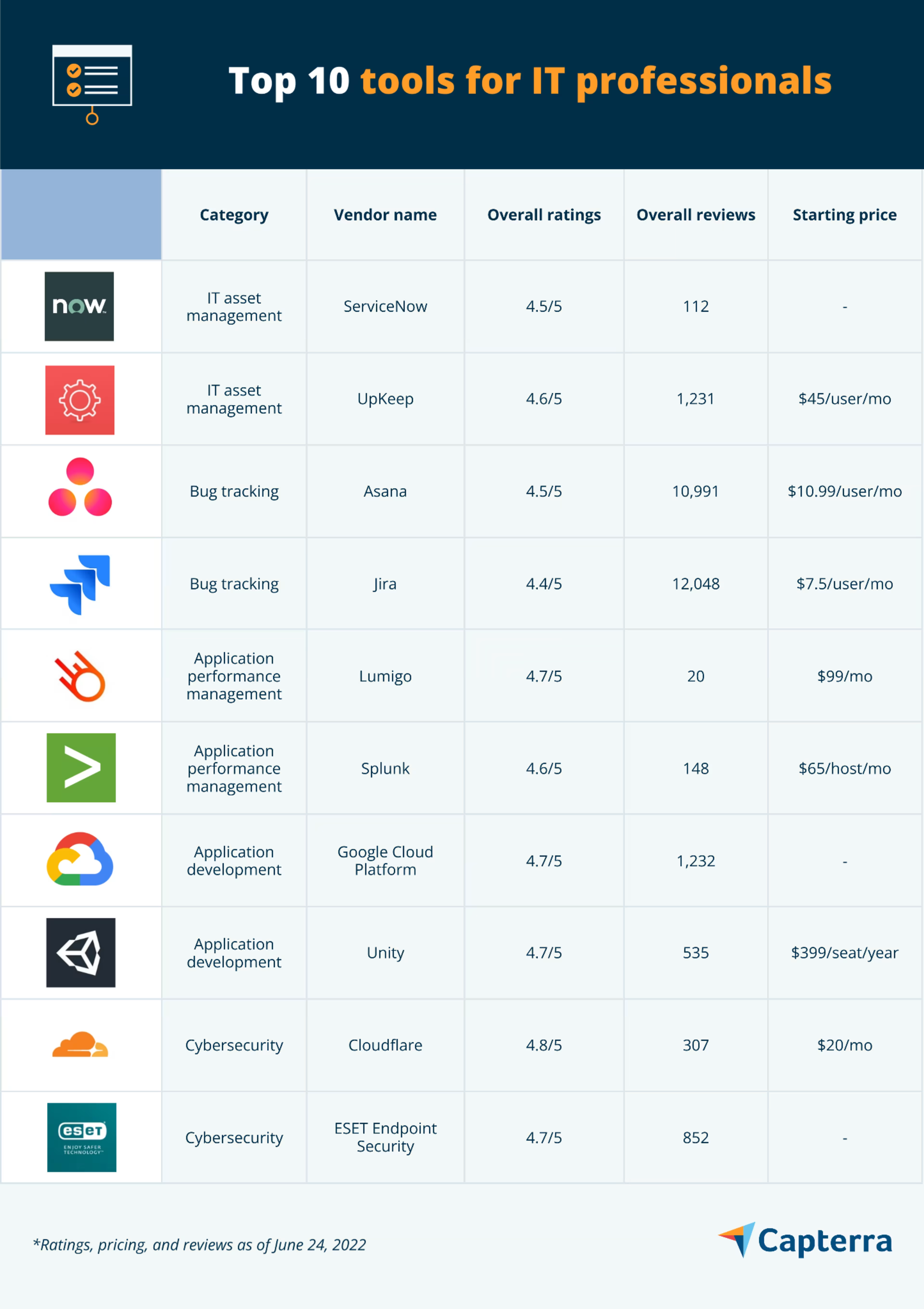
Best IT asset management tools for IT professionals
1. ServiceNow: Automates asset lifecycle management
ServiceNow helps businesses register, configure, and decommission IT assets. It offers an IT asset management platform to help businesses automate the end-to-end lifecycle for software licenses, hardware assets, and the cloud on a single platform.
ServiceNow supports hardware asset management by tracking and organizing the physical computer components and equipment parts through their lifecycle. It also measures their cost and use to help businesses plan their budget, control inventory, and reduce costs by eliminating unused assets.
ServiceNow also includes software asset management that helps manage software applications—track their purchases, record usage statistics, and organize service catalogs. The tool lets IT teams assign correct license metrics, support software contracts, and install latest software versions.
ServiceNow simplifies record management with easy-to-configure list views and sorting controls, among other features. Additionally, it has built-in metrics and surveys that track service quality and support ongoing service improvement.
ServiceNow offers customer support via a chatbot and a knowledge base. It is a web-based tool with mobile apps for Android and iOS devices.
Key Features
- IT asset tracking
- Asset lifecycle management
- Availability management
- IT reporting
- Inventory management
- IT cost management
Trial/Free Version
- Free Trial
- Free Version
Starting price
Device compatibility
Screenshots

Service requests in ServiceNow
2. UpKeep: Follows a mobile-first approach
UpKeep offers asset tracking, asset management, and preventive maintenance solutions. It follows a “mobile-first” approach that lets users use all the maintenance functionalities in a single app.
Using UpKeep’s reliability dashboard, maintenance teams can get insights into asset performance, total downtime, mean time between failures, and mean time to repair—allowing them to implement preventive maintenance and increase the lifespan of assets.
With asset information and maintenance history available on mobile as well as desktop, UpKeep allows technicians and managers to quickly pull asset model, warranty, and depreciation schedules.
UpKeep lets IT asset management teams set a minimum quantity threshold on asset parts and send alerts when the quantity is low, reducing any unnecessary downtime.
UpKeep app offers email, phone, and live chat support. This mobile app is available on both iOS and Android devices.
Key Features
- Asset tracking
- Audit management
- Asset lifecycle management
- IT asset management
- Item management
- Inventory optimization
Trial/Free Version
- Free Trial
- Free Version
Starting price
Device compatibility
Screenshots
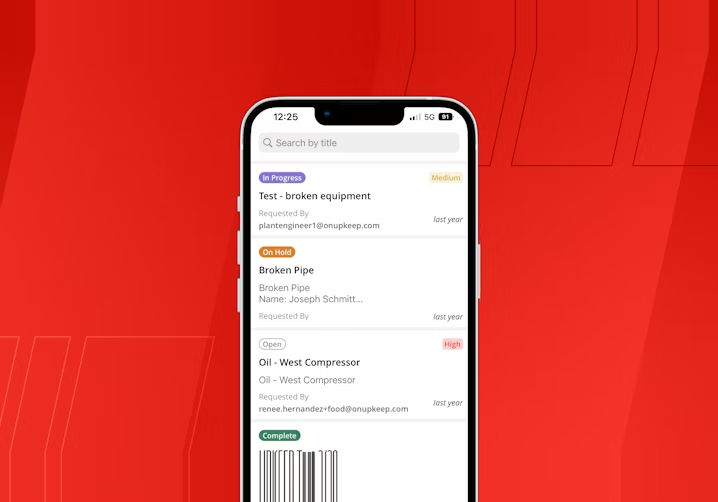
Asset tracking in UpKeep
Best bug tracking software for IT professionals
3. Asana: Spots bug patterns with sorting
Asana is a project management tool with an in-built bug tracking template for engineering teams, helping them report, track, and prioritize fixing bugs in various processes. Software developers can collect and report all the related bug details on a single platform and use custom fields to classify high, medium, and low-priority bugs.
Asana’s bug tracker template enables IT teams to build separate projects: one for the engineering team to look for incoming issues and another for user researchers to track comments and feedback. It reduces errors, improves connectivity, and eliminates redundant manual tasks.
Asana also supports the sorting of bug reports by categories to record patterns and identify the types of recurring bugs. It helps IT teams identify underlying causes of issues to mitigate risks.
Asana offers customer support via chat, email, and call. It has a mobile app for both Android and iOS devices.
Key Features
- Issue management
- Negative feedback management
- Event-triggered actions
- Audit trail
- Real-time notifications
- Remote support
Trial/Free Version
- Free Trial
- Free Version
Starting price
Device compatibility
Screenshots
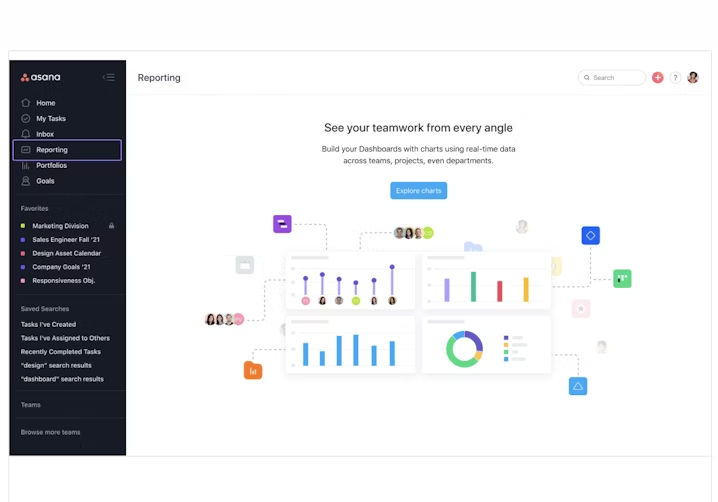
Collaboration in Asana
4. Jira: Captures and tracks all bugs in one place
Jira is an issue and project tracking tool with a bug tracking template that helps teams locate, record, and fix bugs in their software. The tool lets you prioritize and assign bugs and track the progress throughout the software development cycle. It also lets you create and optimize separate workflows for debugging to keep teams focused.
Jira’s bug tracking system automates recording new bugs and notifies reviewers, eliminating manual tasks. Tracked bugs are prioritized based on their level of urgency and the team’s bandwidth. Jira has a drag-and-drop feature, using which you can add bug logs to your team’s to-do lists.
The software sends an update to respective team members as and when a bug-fix gets allotted to them. Jira integrates with related tools such as Bitbucket, Github, and Jenkins to improve workflow.
Jira is web-based and has a mobile app for Android and iOS devices. The software offers customer support via email, chat, and call.
Key Features
- Issue management
- Issue scheduling
- Iteration management
- Version control
- Recurring issues
- Reporting/analytics
Trial/Free Version
- Free Trial
- Free Version
Starting price
Device compatibility
Screenshots
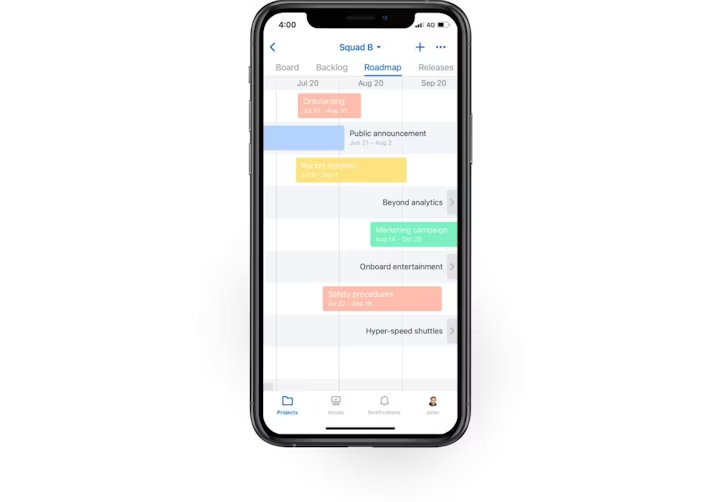
Bug reporting in Jira
Best application performance management tools for IT professionals
5. Lumigo: Offers cloud application monitoring
Lumigo is a monitoring and debugging platform for cloud applications. It traces the whole cloud application stack and creates a visual map of all the services (including AWS services, API calls, and SaaS services) running on them—providing a comprehensive view of the health of your entire system, which helps you identify necessary configurations and optimize application performance.
The tool lets you visualize the end-to-end execution of each service and view the ones that run sequentially and parallel. It identifies bottlenecks and helps eliminate the cause of latency.
Lumigo uses machine learning for predictive analytics, identifies issues, and sends alerts or warnings before they impact an application’s performance. It offers customer support via messaging.
Key Features
- Performance analysis
- Full transaction diagnosis
- Server monitoring
- Resource management
- Diagnostic tools
- Prioritization
Trial/Free Version
- Free Trial
- Free Version
Starting price
Device compatibility
Screenshots

Functions dashboard in Lumigo
6. Splunk: Uses AI for root cause analysis
Splunk is a security and observability platform with application performance monitoring that performs full app tracing to detect anomalies and provide immediate feedback.
The platform uses AI-driven analytics and troubleshooting for root cause analysis and resolving issues. It correlates any latency or error to the root cause and records all performance analyses in a unified dashboard. The tool automatically generates service maps to help DevOps teams stay on top of all service interactions, inferred services, dependencies, and performance.
Splunk’s application performance management (APM) system includes an ‘Always On’ code- profiling feature that examines application code and ensures it is fully optimized. Code profilers also compare application code with traced data to troubleshoot bottlenecks.
Splunk offers customer support via call, case tickets, and a questions-and-answers section. It has a mobile app for both Android and iOS devices.
Key Features
- Performance analysis
- Application security
- AI/Machine learning
- Bandwidth troubleshooting
- Ad hoc reporting
- Remediation management
Trial/Free Version
- Free Trial
- Free Version
Starting price
Device compatibility
Screenshots
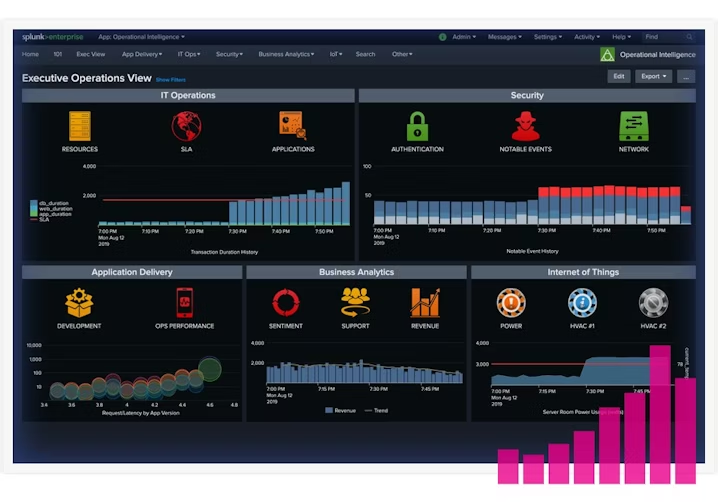
Operations overview in Splunk
Best application development software for IT professionals
7. Google Cloud Platform: Comprises a diverse set of APIs
Google Cloud Platform helps developers build, test, and deploy apps in multiple languages and across development platforms such as Kubernetes and Firebase. It lets developers create scalable cloud applications or redesign existing applications that will run on Google Cloud.
Google Cloud Platform has Google App Engine that allows you to build and host web applications on a fully managed serverless platform. The platform includes several APIs, including URL fetch API and Memcache API, to help developers build robust and feature-rich apps. It follows a pay-as-you-go model, wherein you only pay for what you use.
Google’s cloud monitoring and cloud logging run app scans to identify bugs and send reports to developers for quick resolutions.
Google Cloud Platform offers customer support via chat and email. It is a web-based tool with desktop and mobile (iOS and Android) applications.
Key Features
- Application management
- Configuration management
- API
- Capacity analytics
- Natural language search
- Templates
Trial/Free Version
- Free Trial
- Free Version
Starting price
Device compatibility
Screenshots
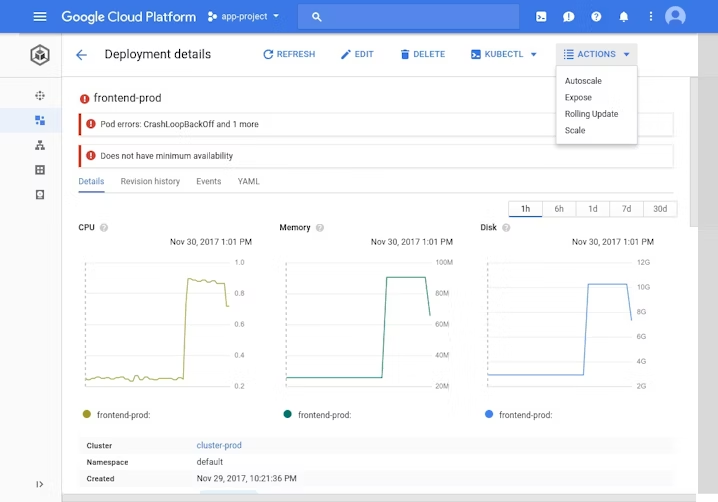
Deployment dashboard in Google Cloud Platform
8. Unity: Includes a WYSIWYG editor
Unity is a game and application development software that helps businesses build and deploy 2D, 3D, and virtual reality (VR) applications across platforms. It supports C#, JavaScript, and Boo to create intuitive and rapid user experiences with minimal coding requirements.
Using Unity, you can create prototypes, as well as test and visualize applications using its what-you-see-is-what-you-get (WYSIWYG) editor. Unity includes a drag-and-drop interface to help you add images, buttons, custom fonts, and assets to your application. It is a cross-platform tool that creates apps that can be deployed on Android, iOS, and Windows.
Unity lets businesses integrate the system with several third-party applications, including Slack, Discord, and Jira.
Unity offers customer support via chat, ticket, and a Q&A section. It has an application development mobile app for both iOS and Android devices.
Key Features
- Prototype creation
- Collaboration software
- 2D drawing
- 3D objects
- No-code
- Immersive environment
Trial/Free Version
- Free Trial
- Free Version
Starting price
Device compatibility
Screenshots
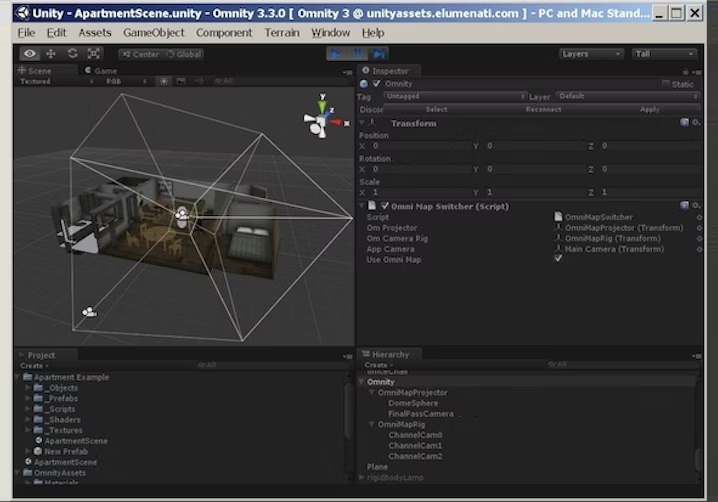
Game layers in Unity
Best cybersecurity software for IT professionals
9. Cloudflare: Protects internet traffic with Anycast Network
Cloudflare is a web performance and security tool that protects websites, applications, and other internet services against DDoS attacks, customer data breaches, and malicious bots.
Whenever there is a DDoSCloudflare includes Domain Name System Security Extensions (DNSSEC), which act as the internet's anti-spam caller ID and safely route web application traffic to the correct servers. The web application firewall (WAF) identifies and blocks common network vulnerabilities, keeping the platform safe for visitors.
Cloudflare offers customer support via call, help center, and a request form.
Key Features
- Anomaly/malware detection
- Encryption
- Vulnerability scanning
- Web-application security
- Threat response
- Firewalls
Trial/Free Version
- Free Trial
- Free Version
Starting price
Device compatibility
Screenshots
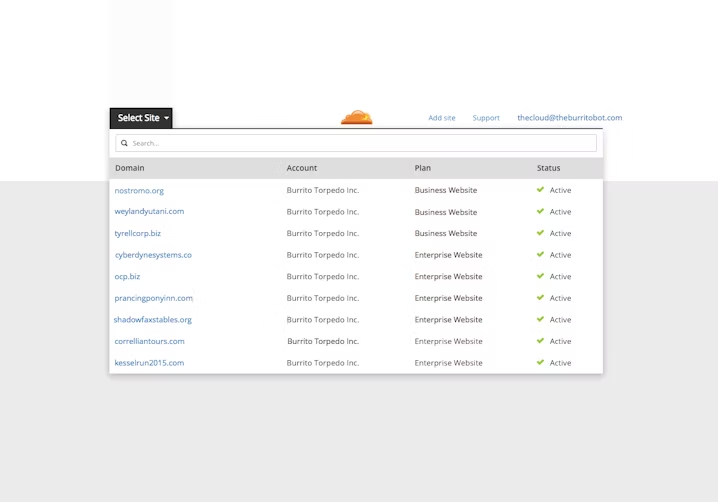
Site selection in Cloudflare
10. ESET Endpoint Security: Employs advanced machine learning
ESET Endpoint Security offers multi-layered protection from cyberattacks and malicious activities. It includes a diagnostic system to help users detect and stop malicious code. Additionally, ESET Endpoint Security assists enterprises in developing and implementing an anti-malware strategy customized as per your business objectives.
ESET uses behavior-based techniques to monitor the behavior of applications and detect and prevent ransomware/file-based attacks. It applies a zero-trust (never trust, always verify) approach to unknown code to maintain a digital security posture and ensure the correct application of policies.
ESET employs two forms of advanced machine learning: a high-powered detection engine in the cloud and a lightweight version on the endpoint, both of which use deep learning to analyze and stop emerging threat patterns.
ESET offers customer support via a knowledge base and ESET forum. It is a web-based tool with desktop and mobile (iOS and Android) applications.
Key Features
- Anomaly/Malware detection
- Anti-spam
- Behavioral analytics
- Activity monitoring
- Application security
- Anti-virus
Trial/Free Version
- Free Trial
- Free Version
Starting price
Device compatibility
Screenshots

Dashboard view in ESET Endpoint Security
How to choose the best IT management tools
While selecting IT management software for your needs, be sure to keep the following considerations in mind:
Select a tool specific to your IT needs: There are a lot of tools designed for IT professionals on the market, but it is better to invest in a tech stack that best fulfills your business objectives. To pick the right tools, you need to analyze the requirements of your IT teams and procedures. For example, if the major concern of your IT team is capturing and resolving software issues, you will need a bug tracking tool or an application performance management tool.
Choose a tool that supports customization: Whether you are purchasing IT asset management software, bug tracking software, or any other tool, it should be customizable. This will help meet the unique operational needs of your business. Besides, it should also have a customizable dashboard to easily track and monitor networks, tasks, processes, and other key metrics. For example, a dashboard in application performance management software will allow you to manage, prioritize, and assign tickets.
Pick a tool that integrates with your existing tech stack: Assuming that you work with multiple software tools, you would want to invest in technology that integrates with your existing software. For instance, your IT asset management system should integrate with your inventory software to facilitate records management. If your selected IT management software integrates with your current tools, you’ll have a smooth workflow.
Invest in a mobile-friendly tool: Mobile apps help you stay on top of active tasks, business updates, and also keep dashboards updated. This can be crucial in time-sensitive circumstances, such as a cyberattack.
Searching for IT Services Agencies to hire for your business? We've got you covered. Check out our list of companies in the following areas:
Common questions to ask when buying an IT management tools
Before you finalize any IT management software for your business, be sure to ask the following questions to software vendors:
Are there any usage restrictions or limitations?
Some software systems have a limit on the number of users or devices, storage capacity, etc. Before finalizing, check with the vendor whether your business can work around any such limitations.
Does your software have reporting capabilities?
IT tools with record management and reporting capabilities help you keep your stakeholders informed and updated about business activities. Ask the vendor if their software would help you create task status reports, asset lifecycle and cost records, resource utilization, and workflow reports within the tool.
Are there any collaboration features?
Some projects such as application development and bug resolution require team collaboration to discuss strategies. Before you pick a tool, check if it supports team collaboration.
What are the tool’s security features?
IT asset management tools should include admin and security features to protect your asset data. Before investing in a tool, assess its physical, application, network, and privacy security policies.
How did we choose these products? We didn't—you did
To find your ideal software match, you need information you can trust—so you can save time, stay on budget, and focus more energy on growing your business. It’s why we vet and verify all our user reviews and recommend only the tools endorsed by people like you.
In other words, our product recommendations are never bought or sold or based on the opinion of a single individual—they’re chosen by your peers, reflecting the views and experiences of our independent base of software reviewers.
At Capterra, we objectively select and rank products based on a methodology developed by our research team. Some vendors pay us when they receive web traffic, but this does not influence our methodology.
